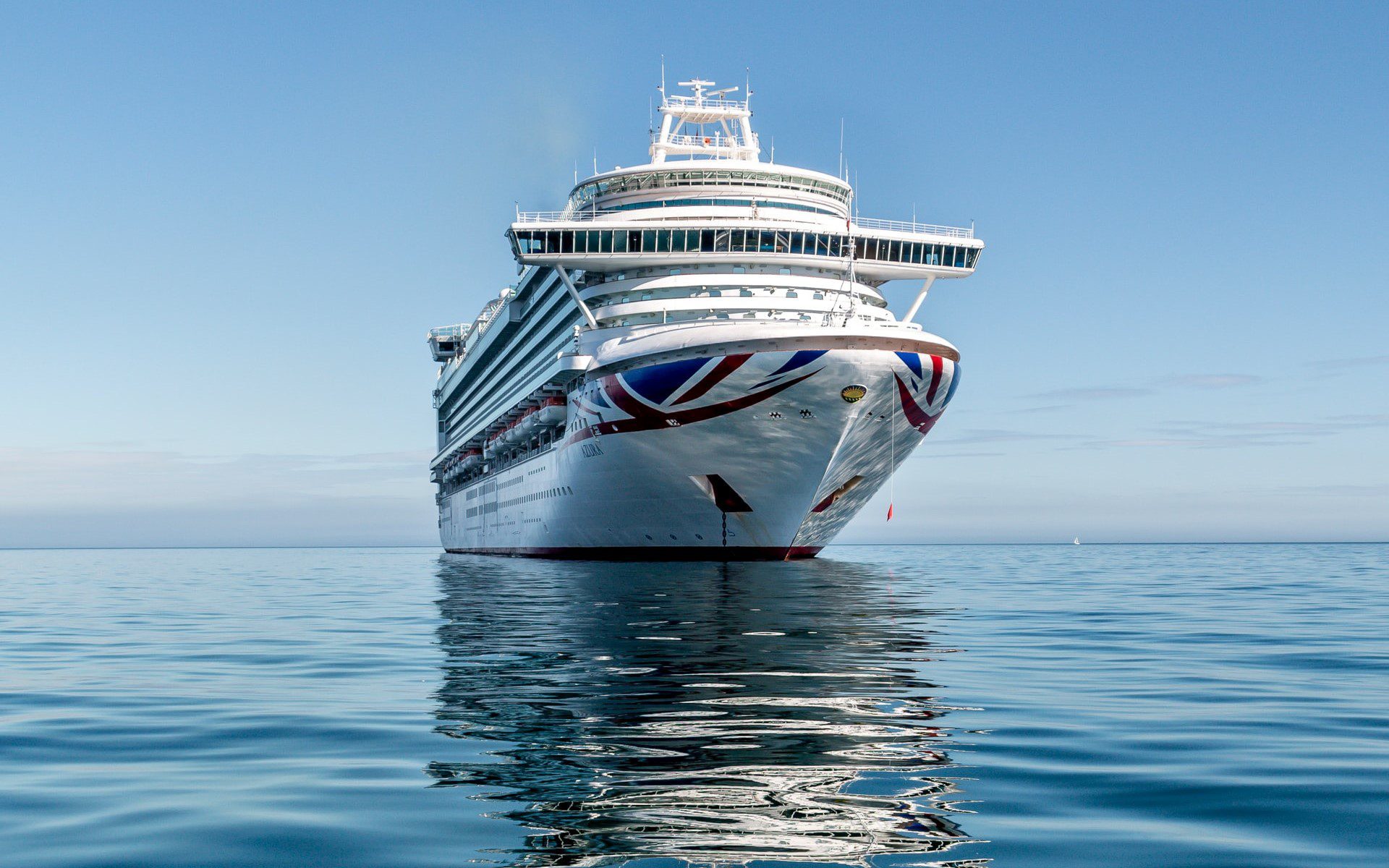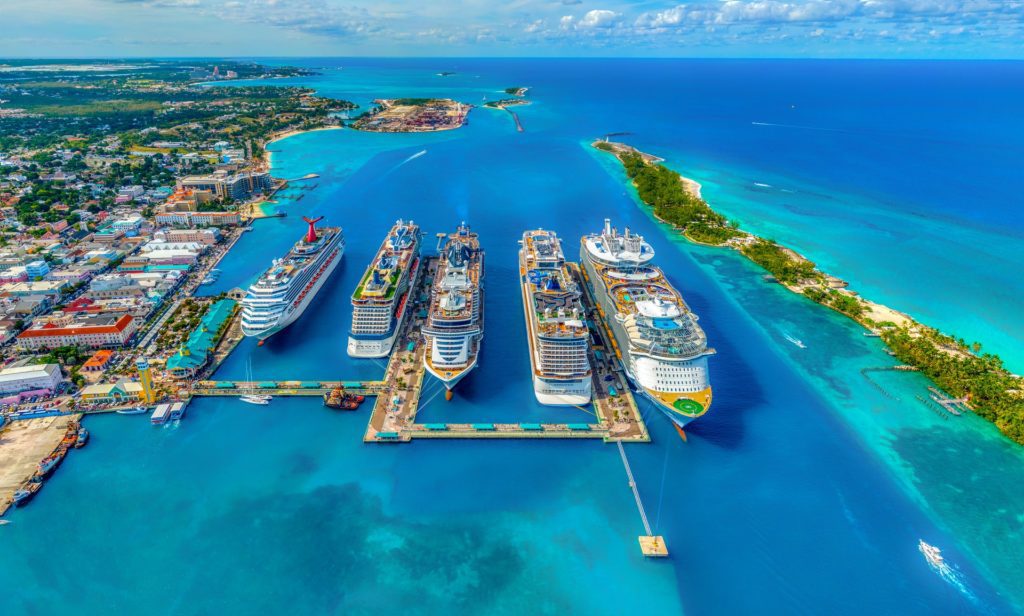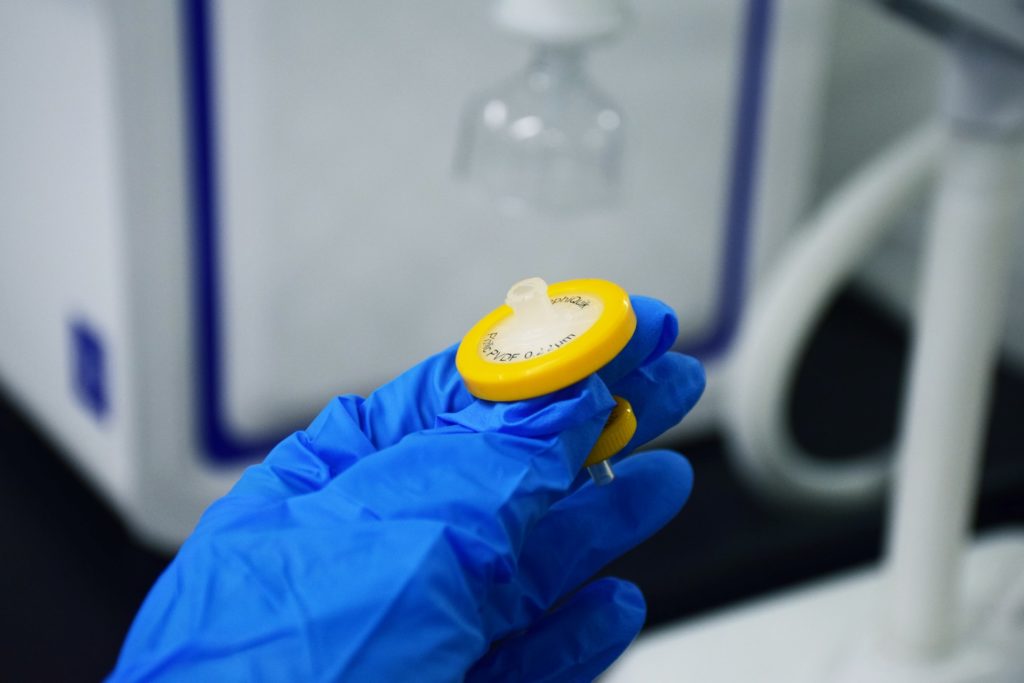06/27/2022 | Food & Beverage | 9 MINUTE READ
Do Cruise Ships Use Desalinated Water?

If you’re set to go on a cruise in the near future, you may be wondering if cruise ships have access to desalinated water that’s safe to drink. The answer is that cruise ships always have access to fresh water that’s obtained through several different techniques. For instance, some of the more modern and sizable cruise ships produce their own fresh water onboard via a desalination plant.
If the cruise ship is relatively small or somewhat old, it will obtain fresh water at some point before the ship leaves port. This water is stored in spacious tanks that are able to hold as much as 500,000 gallons of water. The ships that use a desalination plant will pump and pressurize water from the ocean to get it ready for filtration.
The filtration process can involve techniques like reverse osmosis. These filtration techniques will remove contaminants from the water to ensure passengers have access to fresh water throughout their journey. Keep in mind that the only way to be certain about the quality of water and the efficacy of filtration is to measure the contaminant levels in water, which can be done with a combination of water quality sensors.
Some of the top sensors that are used to detect the safety of drinking water include ORP sensors, pH sensors, and conductivity sensors. The following goes into more detail about how cruise ships use desalinated water and what solutions they use to provide passengers with the water they require.

Is the Water on Cruise Ships Safe to Drink?
All drinking water on a cruise ship has either been distilled from seawater or loaded on board while the ship was still in port. The U.S. Public Health Service has published Vessel Sanitation Program standards that cruise ships are expected to adhere to. These standards state that free chlorine concentration must be at 2PPM in the initial half hour after production of potable water has started. While production is ongoing, the free chlorine concentration needs to be maintained at a level of 2-2.50PPM. Manual chlorine measurements must be taken on four-hour intervals.
Regardless of how a cruise ship uses desalinated water, the water on cruise ships is 100% safe to drink as long as it comes from the taps. At this point, the water will have been tested and filtered, which should give you confidence that it’s safe to drink. Keep in mind that all drinking water that’s available on a cruise ship is required to go through a strict testing system.
Even though ocean water is filtered before any passengers drink it, the B12 and D3 vitamins that can naturally be found in ocean water still remain. These vitamins provide health benefits like:
- Improved skin tone
- Better digestion
- Enhanced immune system
- Reduced levels of stress
- Increased levels of energy
What Processes Do Cruise Ships Get Fresh Water From?
Cruise ships use several methods to obtain and reuse fresh water, which include everything from steam evaporation to reverse osmosis.
Steam Evaporation
Steam evaporation is a commonly used process of obtaining clean drinking water for cruise ships. This method allows water to be purified by using heat from the large engines on the ship. The water is passed directly over the engines, which makes it boil. Once the water boils, steam is produced, which is collected on an expansive piece of plastic that’s positioned above. The steam will reform into clean water above the plastic, after which it runs into a nearby pipe that will store the water for cooking, bathing, and drinking.
Even though this method is effective, flash evaporators tend to require ample amounts of space. In most cases, an evaporator is positioned nearby both engine compartments. The majority of modern cruise ships consist of two engine compartments that are located in the forward and aft positions. There are several reasons why evaporators are located near the respective engines, the primary of which include:
- To avoid costly insulation and pipework
- To improve circulation and reduce pressure losses
- The high temperature pump doesn’t need to do as much work
The seawater that’s collected on the cruise ship will be preheated by hot temperature jacket water that’s taken from the engines. This water reaches a temperature of around 70-80 degrees Celsius. The most advanced evaporators allow temperatures to be adjusted to improve the evaporator’s production capacity. When seawater is sent to the initial stage below the vacuum, this water will evaporate and reach a vapor state. Keep in mind that evaporation allows salts from the seawater to be eliminated.
The process that involves evaporation as well as condensation is referred to as distillation, which is why condensed water is known as distilled water. Any water that isn’t evaporated will continue to exist as brine during the first stage of this process. The brine will travel over to the secondary stage tank, which is where the evaporation and condensation processes repeat.
During this process, the quality of any distilled water is tested to ensure that salinity levels don’t exceed 10PPM. If salinity levels are too high, the water will be dumped via a three-way valve. Most evaporators come with a production capacity that’s around 20-25 cubic meters per hour.
Reverse Osmosis
Reverse osmosis is another technique that’s regularly used to produce fresh water onboard cruise ships. Most RO devices are considerably smaller than steam evaporators. Because of this reduced size, reverse osmosis units come with a production capacity that can reach 12-15 cubic meters per hour depending on the quality of the seawater as well as the filter condition.
Cruise ships tend to have anywhere from 1-2 RO units. Seawater gets sent through a strainer from a feed pump. The strainer is designed to get rid of any medium-sized impurities, which could be anything from shells to mud. The seawater is then filtered through two sand filters, which will remove microorganisms and solid particles from the water. These filters need to be rinsed by fresh water or seawater around once every day to make sure that they remain effective.
Water is then treated with anti-scalant chemicals that limit the formation of scale on surfaces. At this stage of the process, the water is filtered with a cartridge filter to remove additional impurities. The clean water is sent in one direction, while the reject water is sent overboard.
Water produced by a reverse osmosis unit can’t be consumed directly since it won’t contain minerals or the right taste. Additional treatments are needed for water to be potable. These treatments include mineralizers and chlorination processes. Cruise ships also make sure that potable water has a pH level below 7.8. If the pH levels are too high, CO2 may need to be added to effectively reduce the pH.
Water Bunkering
The third process that can be used to create desalinated water on cruise ships involves water bunkering. Even though RO units and evaporators are effective when producing large quantities of water, the amount of potable water that’s available onboard may still not be enough to meet demand. The reason for this particular issue is that cruise ships spend a considerable period of time at a port, which means that these ships don’t have as much time at sea to produce potable water. High amounts of shore-based impurities could also lead to a lower production of potable water.
Keep in mind that cruise ships are also required to reach a certain distance from shore before being able to evaporate the water. As for RO units, these are meant to be switched on once the ship reaches a minimum depth of around 50 meters, which limits the risk associated with fouling and damage to RO membranes. Cruise ships prepare for these issues by bunkering potable water on a weekly basis. This process usually occurs at the initial port or the destination port.
Bunker water tends to be supplied by terminals or tankers. The U.S. Public Health Service states that potable water supplies must be checked to ensure quality before the water is sent to the cruise ship. A written statement of the water’s pH levels and chlorine content must also be sent to the vessel in question.
Cruise ships are required to cover bunker pipelines and flanges during and following the bunkering process to reduce the possibility of contamination. Keep in mind that potable water hoses from water tankers or the shore terminals are directly connected to the potable bunker manifold that’s positioned on the ship. These hoses consist of multiple filers that allow the water to be de-aerated.
Bunker water must contain the same levels of chlorine content as any other water on the ship, which means that the chlorine concentration must be around 2-2.50PPM throughout the entire cruise. Two pumps are commonly used with the bunkering solution. The size of the tanks determines how much water is available on the ship.

How Do We Detect the Safety of Drinking Water?
There are many different sensors that can be used to detect contaminants in water. As mentioned previously, these sensors include pH sensors, conductivity sensors, and ORP sensors. For instance, conductivity sensors identify how well the water is able to conduct electricity. If conductivity measurements are high, this indicates that there are high contaminant levels in the water, which means that the water wouldn’t be safe to drink.

As for pH, the nominal pH range for drinking water is around 6.5-7.8. If pH levels are too low, the water would be acidic, which means that it would contain high contaminant levels. High pH levels indicate alkaline water that consists of too many minerals. The filtration system that’s placed on a cruise ships consists of numerous membranes that water passes through to remove any contaminants. Only water particles are able to make it through these membranes.
Regardless of the type of method a cruise ship uses to obtain desalinated water, all cruise ships are able to provide passengers with clean and safe drinking water.
Posted by Dominic O'Donnell on June 27, 2022
Sensorex is a global leader in the design and manufacture of quality sensors for water quality and process applications. The company offers more than 2000 sensor packages for pH, ORP, conductivity, dissolved oxygen, free chlorine, chlorine dioxide, UV transmittance and other specialty measurements, as well as a full line of sensor accessories and transmitters. Its expert technical support engineers solve analytical sensor challenges with custom designs and off the shelf products.




